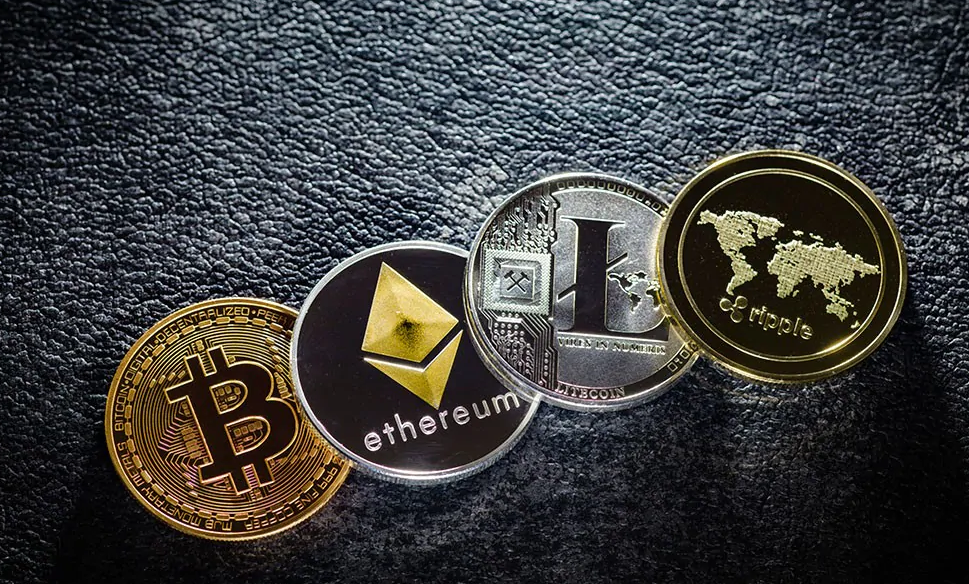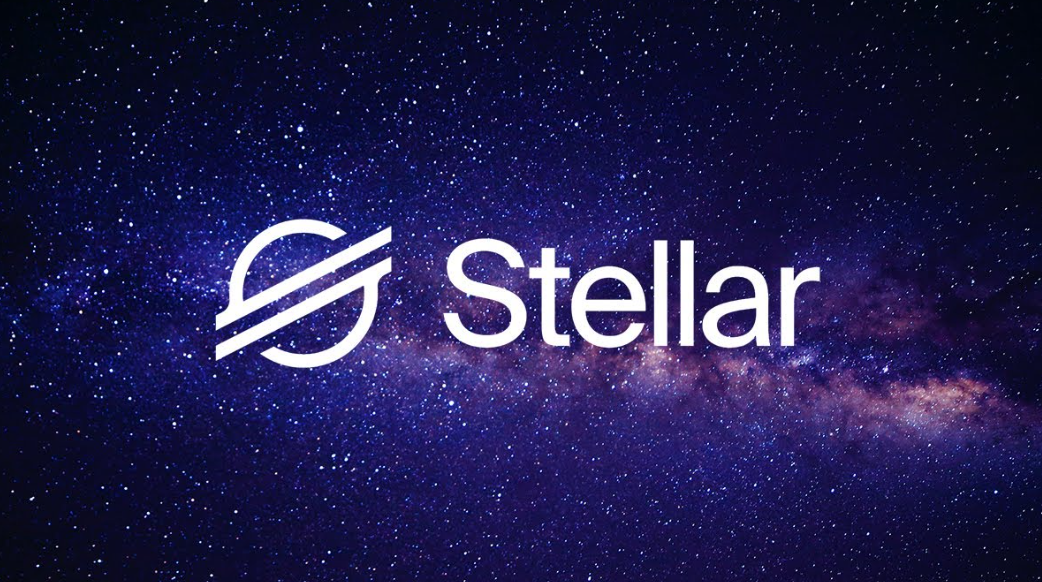Did the LUNA Coin Sink? LUNA’s price dropped more than a third in the past 24 hours. Its tokens are now down to less than a fiftieth of a penny, after rocketing to a record high last week.This UST debacle is causing serious problems for crypto investors. And it could be a sign of more to come.
What is a Stablecoin?
A stablecoin is a cryptocurrency that is pegged to a particular real-world currency, commodity, or other tradable asset. This allows them to offer more stability than volatile cryptocurrencies like Bitcoin (BTC) and Ether (ETH).
Stablecoins seek price stability by maintaining reserve assets as collateral or through algorithmic formulas that are supposed to control supply. They are generally used as store of value or units of account, and in some cases for facilitating payments.
To ensure they keep their value, stablecoins are backed by a specific fiat currency, a basket of a few different currencies or a commodity like gold. The token issuers behind these cryptocurrencies are responsible for maintaining the reserves and must do the right things to make sure that the value of the stablecoin remains steady.
This is especially important because of how volatile the crypto market has been over the past few years. The price of a stablecoin can easily fall below its peg, which can cause massive losses for users who hold it.
There are many risks involved with storing stablecoins, including counterparty risk and reserve risk. These risks are related to the security of the trading platform and the legitimacy of the coin issuer’s reserves.
Counterparty risk is the risk of your private keys being stolen or compromised, and can result in unauthorized transfers. This risk can be particularly high when using a third-party exchange or broker to buy or sell stablecoins.
Reserve risk is the risk that a coin issuer may not have the hard assets to back its value, which could lead to its collapse. This is especially true for an algorithmic stablecoin that doesn’t have a physical backer, but is relying on an algorithm to control supply and maintain its value.
Stablecoins are often categorized into two categories based on how they achieve price stability: crypto-collateralized and algorithmic. Crypto-collateralized stablecoins are backed by another cryptocurrency as collateral through an on-chain process that uses smart contracts. Examples of this type of stablecoin include Dai (DAI) and Alchemix USD (alUSD).
Why Are Stablecoins Important?
Stablecoins have emerged as a potential solution to the volatility of cryptocurrencies. They’re backed by fiat currencies, commodities and algorithms that modulate their supply to keep their price stable. This stability makes them ideal for use in a variety of applications, including micropayments, payroll, escrow and cross-border remittances.
The most common stablecoin is the USD-backed Tether. It has one dollar in reserve for every token in circulation. It’s backed by a company called Central Bank of the United States (CBIS).
Another type of stablecoin is an algorithmic stablecoin. These are also backed by a currency like the USD but use algorithms to change their supply based on demand. This creates a decentralized solution, but it comes with risks since the algorithms can’t react quickly enough in a volatile market.
Lastly, there are commodity-backed stablecoins, such as gold. These are often backed by a specific commodity like gold, but they don’t have to be directly backed by physical assets. They can be backed by a government or private company that holds the asset and issues the coins.
These are popular because they allow investors to own crypto without exposing themselves to the risk of fluctuating prices. They also have a much higher liquidity than traditional coins, which can make them more valuable and appealing to investors.
The global remittance industry is worth over $230 billion annually, and this could be a huge use case for stablecoins. Migrant workers could use digital wallets to transfer funds to their families across the globe, avoiding expensive and slow cross-border transactions.
Many of these currencies have low fees and are fast to settle, making them ideal for the global payments ecosystem. This can reduce costs for businesses and migrant workers while allowing for faster payments and more security.
In addition to being a more convenient and safe alternative to traditional currency, stablecoins are a key part of the decentralized finance (DeFi) movement. They allow investors to trade cryptocurrencies without the involvement of financial intermediaries, which is appealing to those who are disillusioned by the current state of the financial world.
What Happens If Stablecoins Fail?
Stablecoins are increasingly becoming an important part of the crypto-asset ecosystem. They are a critical source of liquidity in crypto-asset markets, as they can be used to settle payments in these markets and provide an anchor for trading and price discovery in the crypto-asset markets (RBA 2022b).
However, they also pose financial stability risks, particularly if their interlinkages with the traditional financial system continue to rise (Brown et al, 2022; Hermans et al, 2022). The speed and cost of stablecoin transactions, as well as their redemption terms and conditions, fall short of what is required of practical means of payment for the real economy. This may lead to market disruption if a large stablecoin fails and could have contagion effects if crypto-assets’ interlinkages with the traditional financial system continue rising (RBA 2022b).
To date, there has been little to no regulatory scrutiny of asset-backed stablecoins or other types of crypto-assets that are backed by a range of non-crypto assets. However, the emergence of new use cases for stablecoins, and increased global use, could result in more regulated stablecoins in the future.
These regulations need to address the issue of whether the financial stability risks posed by stablecoins are manageable, and whether the standards applied to them can be consistent across jurisdictions. For example, the Financial Stability Board (FSB) has issued guidelines for ‘global stablecoin arrangements’ to address this issue.
Some stablecoins are backed by cash-equivalent assets, such as narrow banks, or low-yielding treasuries or commercial debt. These are more stable than algorithmic stablecoins, which are not backed by high-quality liquid assets. They use algorithms to adjust the supply of their tokens in response to changes in demand.
There are a number of other factors that contribute to the risk posed by stablecoins, such as the fact that their value can only be guaranteed in certain ways, and their linkages with the crypto-asset ecosystem can create risks to liquidity in crypto-asset markets if a large stablecoin fails or the crypto-asset markets are exposed to a material risk of instability.
It is therefore crucial that financial regulators take a long-term view of the potential impact of crypto-assets on financial stability. In the meantime, it is essential to develop a comprehensive set of regulations that can address financial stability risks associated with stablecoins in a manner that is compatible with a stable crypto-asset ecosystem.
What Will Happen to UST and LUNA?
As many crypto investors know, algorithmic stablecoin TerraUSD, aka UST, plunged below its intended $1 peg earlier this month. This prompted a crash that saw billions of dollars in crypto wealth vaporized, sending shockwaves throughout the entire market.
UST and its sister token, luna, have plummeted to a fraction of their original value, and now they are trading in the single penny range. As a result, the future of these two tokens and their ecosystem is unclear.
Terraform Labs founder Ken Kwon is trying to revive the terra ecosystem with a controversial plan that will fork the blockchain. Among other things, the plan will create a billion new Luna coins that will be distributed to pre- and post-crash holders of both UST and luna.
While it is uncertain how this will play out, Kwon has outlined his plan in a recent blog post. Essentially, the tokens will be created by burning UST to mint LUNA. The LUNA token will then be used to fund terra apps and the development of new terra-related projects.
In order to entice traders to burn their Luna to mint UST, the creators of the coin offered an insane 19.5% yield on staking through what they called the Anchor Protocol. By doing so, they could increase the number of stakers on the anchor network and pay out higher yields.
But as the anchor network grew, so did the amount of liabilities incurred by the anchor protocol, which meant that there was a significant amount of money being withdrawn from the Luna ecosystem. In order to cover these losses and reimburse depositors, the Luna Foundation Guard had to inject capital into the anchor protocol multiple times.
Eventually, the anchor protocol reached its limit of $100 million worth of UST being burned per day. This caused a massive sell-off that pushed the price of UST down to 91 cents and led to mass panic in the crypto market.
The collapse of UST and its sister token has sparked concerns about similar tokens, like Tether, which also use algorithms to dynamically control supply to maintain a peg. And it has also raised questions about how these tokens work and whether they can be regulated. It has brought together lawmakers from both parties in the US and regulators across the world.



